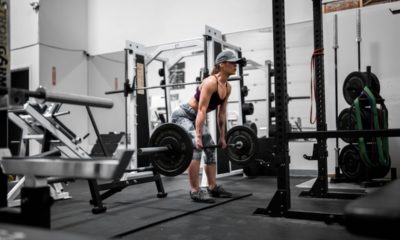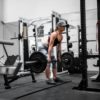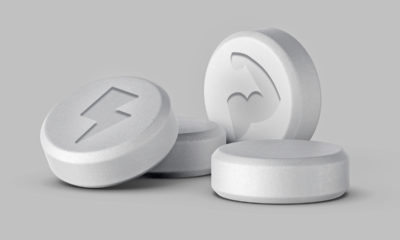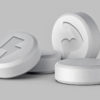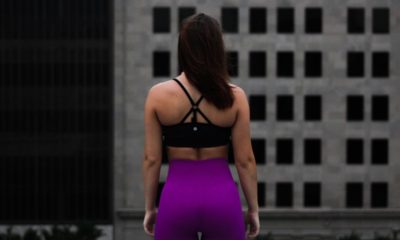Build Muscle
How To Get Abs
All of us at one point have wondered what it would take to get abs… The fact of the matter is it’s not as hard as you may think! Amy Golby, personal trainer and exercise nutritionist at MyProtein US, shares her top tips below:
Eat The Right Foods At The Right Time
When it comes to getting abs, your diet is the most important tool to getting the 6 pack you’ve always wanted! Abs are almost completely made in the kitchen – 80% on diet to be exact, with only 20% dependent on exercise.
To get a 6 pack you need to be eating enough to fuel your body at the right times, this means consuming enough calories to boost your metabolism. Ideally, your diet should contain lots of protein with an adequate mixture of healthy fats and complex carbohydrates. Don’t also forget to eat 6 small nutritious meals a day!
So where to start? Begin eating healthily and make sure you’re fueling your body sufficiently with protein every two to three hours. Focus on consuming lean proteins like turkey, eggs, and chicken breast, and it’s essential to use whey protein supplement after training.
Work The Whole Core
You’re going to need to do more than crunching to achieve the body you’re dreaming of! The abdominal muscles are a set of muscles including the transverses abdominal, external oblique, inter oblique, and rectus abdominis.
These muscles all belong to a region that connects your lower and upper body – the core. Getting a 6 pack means far more simply looking shredded – it means to get a strong core and exercising a range of muscle groups.
The ideal exercises to help work your core include crunches, planks, side planks, oblique crunches, reverse crunches, crossover crunches. Why not try some more advanced moves like bench leg raises, jackknifes, and seated Russian twists.
Implement Staggered Sets
When working other sections of the body, try working your abs in between sets, so instead of relaxing and looking at your phone and start crunching and planking! You should only do this for smaller muscle groups as doing staggered sets in the middle of a big chest workout or long leg session will potentially weaken your core muscle which could make injuries more likely.
Don’t Overtrain
Performing sit-ups and abdominal exercises should be like working with any other muscle group. Try and aim for sets of around 10-12 reps before your muscles start to get tired, increasing the weight and resistance as the exercises get easier.
Frequency-wise, you should be doing abs every other day or 3 non-consecutive days of the week. This is the best way to think of it – when you exercise your abs teeny tiny tears are being made in your muscle fibers. Then to become more defined these tears need to recover, so by doing abs every day you’re not giving them a chance to repair and grow – stop doing hundreds of sit-ups a day.
You’ll also do ab exercises without realizing sometimes, by performing compound exercises such as squats on other days you’ll still be working and engaging your abdominal muscles.
What Are Calorie Deficits And Are They Important For Abs?
A caloric deficit means that you are consuming fewer calories per day when compared to your BMR (basal metabolic rate – or your resting metabolic rate). If you are at a BMR of 2000 calories and you are only eating 1800 calories a day, you are burning 200 calories per day.
Although calorie deficits may seem good for burning fat and getting shredded, remaining in a caloric deficit for an extended period of time, can be extremely detrimental to your body. For example, by eating low nutrients and not exercising, you are greatly decreasing your body’s natural metabolism, which means over time the weight loss is going to decrease as months go by.
The next biggest issue is that by not consuming an adequate amount of food daily, your body will begin to burn up all of its natural energy sources and you will begin to feel tired.
Photo by Ruben Ramirez on Unsplash.





